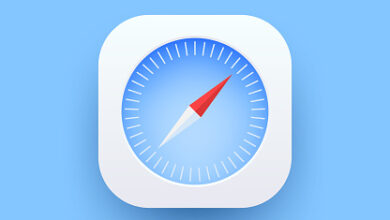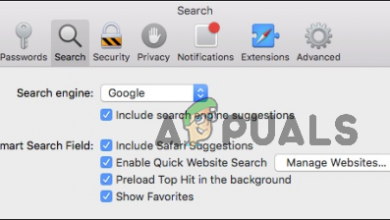[Solved] ‘Safari not remembering previously clicked or visited links’
Safari is a default web browser for macOS and iOS-based devices and it was available for Windows back in past. It’s based on the WebKit engine, which is responsible for all kind of functions. Safari is best known for its simple and minimalistic interface. However, several users are reporting about the clicked links not changing color from blue to purple. Sometimes when they close Safari and start it back, the links may appear with changed color but when you use the back button, it is back to blue.

What is causing Safari not Remembering Clicked Sites?
We investigated this particular issue by looking at various user reports and the repair strategies that were commonly used to troubleshoot and resolve the issue by users finding themselves in a similar situation. Based on our investigations, there are several different scenarios that are known to trigger this particular error message:
- Cache data is corrupt – Safari browser’s cache data can get broken or corrupt due to which several functions will stop working. Several users finding themselves in a similar situation managed to resolve the issue after removing old cache data.
- Browser settings are not configured – As it turns out, this issue can also occur if the particular option is selected in browser setting that is making the links not changing color.
- An outdated version of the browser – Another potential case in which this error occurs is when you’re using a severely outdated browser. Outdated applications will generate a lot of bugs and crashes.
Now that you have a basic understanding of the nature of the issue, we will move on towards the methods. Make sure to implement these in the specific order in which they are listed to prevent any conflicts.
Method 1: Restarting Safari Browser
A simple restart can get rid of the majority of non-serious problems. There is a chance that Safari wasn’t started properly with all the backend files. Restarting should be the first method you should try for any application issue.
- When Safari is open, right-click on Safari browser in the dock and choose Quit

Quitting Safari browser - Or you can also force quit by pressing Command + Option + Esc keys together to open a force stop window
- Select the Safari browser and click on Force Stop. Start Safari browser again by clicking the shortcut in the dock.
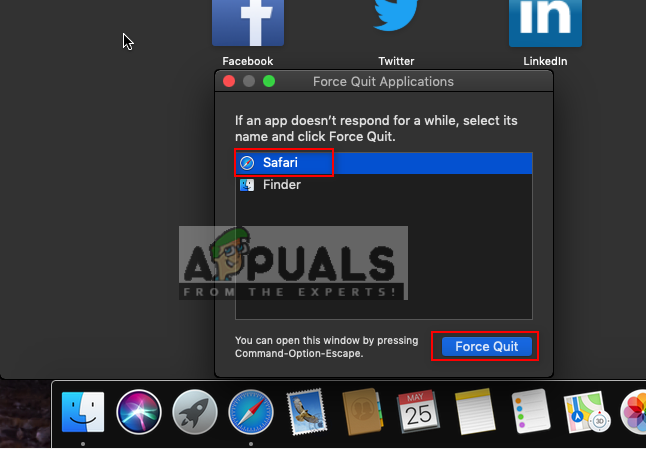
Force stop Safari browser
Method 2: Changing Safari Browser Preferences
In this method, we will modify the settings for Safari browser. Swap processes on navigation option can be the culprit for causing this issue for users. This option is used to temporary swap out a process out of the memory to a backing store and then swap in back into the memory for continued execution. To disable this option follow the steps below:
- Open Safari browser by clicking on the Safari icon in the dock
- Click on Safari menu in the menu bar at the top and choose Preferences in the contextual menu.
- Then click on Advanced and select the option “Show Develop menu in menu bar“; a develop option will appear in the menu bar

Enabling the Develop menu in Safari Preferences - Click on Develop, choose Experimental Feature and deselect Swap Processes on Navigation

Deselect swap processes on navigation - Now Safari will remember the clicked or visited links.
Method 3: Removing Safari Cache Data
Safari browsers use cached data to save and remember the pages, searches and all usage of the user. But these files can become corrupt and cause the issue of not saving data or loading previous data instead of new. Many reported that clearing the cache data fixes most of the problems related to Safari browser.
- Open Safari browser by clicking on the Safari icon in the dock
- Click on Safari menu in the menu bar at the top and choose Preferences in the contextual menu
- Now click on Privacy option and then click on Manage Website Data

Opening cache data option in Safari Preferences - A window will appear, click Remove All button at the bottom. An action verification window will pop up then click on Remove Now
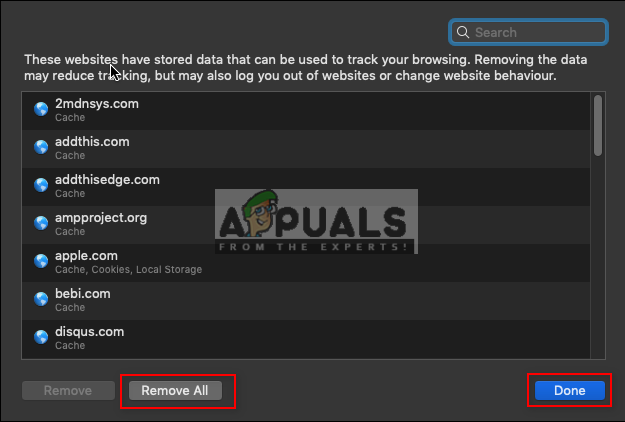
Removing cache data for Safari - Now go to Advanced option in Preferences and enable the “Show Develop menu in menu bar”

Enabling Develop menu - Click on Develop menu in the menu bar at the top and choose Empty Caches

Empty caches option - Now try using Safari and check if everything is stable.
Method 4: Checking Safari Browser Version
Most of the problems for applications appear because of an outdated version. The outdated files without getting any update will become a burden for that application and can be the cause of several issues. It is best to keep your system always updated. Mostly macOS keeps the system updated but you can also manually check if it is up to date or not by following the steps below:
Note: When System Update says that your Mac is up to date, it means all the applications including safari is up to date.
- Click on the Apple logo in the menu bar at the top and choose System Preferences in the contextual menu, then click on System Update

Opening System Update option for macOS - It will start searching for the new updates
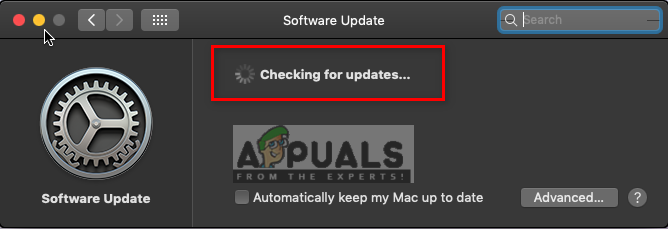
Searching for new updates - Make sure you update any available updates and get this message when you search again
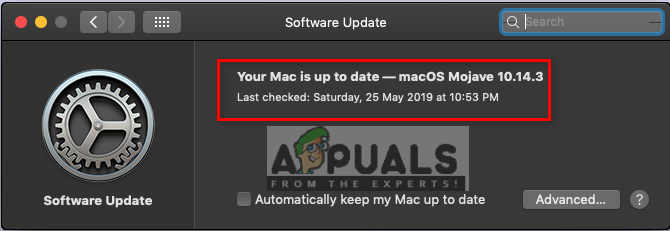
Everything is up to date
